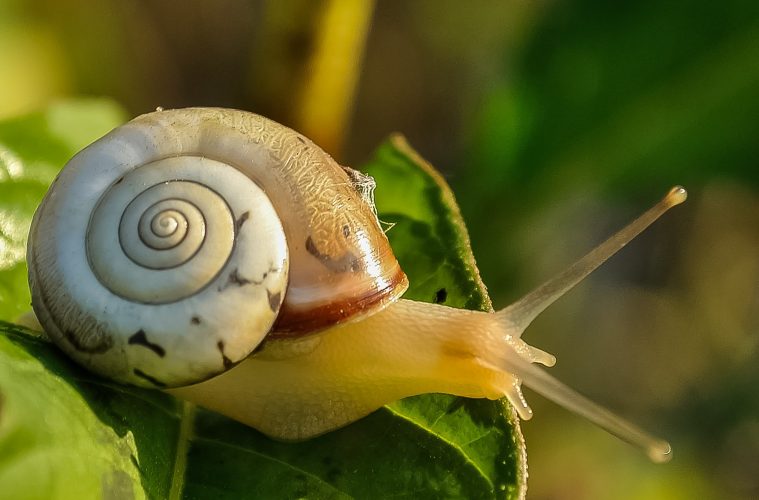Pests are one problem every gardener wants to avoid. While its not possible to prevent them completely, keeping an eye out for these bugs will help you tackle any problems as soon as they pop up.
Aphids
Tiny, pear-shaped insects in a range of colours. Typically found on the undersides of leaves in groups, these bugs feed on the juices of the plant, deforming the leaves, and inhibiting growth. They feed on many edible plants, particularly the leafy ones – lettuce, cabbage, tomatoes, and kale.
Caterpillars
Found on many vegetable plants and fruit trees, caterpillars chew holes in the leaves and flowers of plants, some burrowing into the fruits. Plants in the cabbage family are common victims – cabbage, broccoli, Brussels sprouts, kale, etc.
Cutworms
Plump grey or black larvae, active at night, that transform into brown moths. These insidious insects attack vulnerable seedlings at ground level, severing the stems and causing the leaves to wilt. If left unchecked, they can devour an entire plant.
Leaf miners
Small larvae that burrow inside a leaf and feed on plant tissue. They are normally identified by the tunnels they make in the leaves, leaving yellow squiggly lines in their path. Leaf miners affect a range of plants, most commonly spinach, nasturtiums, pumpkins and squashes, blueberries, and beets.
Slugs and snails
These molluscs are typically uncovered by the slime trail they leave behind. Slugs and snails feed on many garden plants, particularly young seedlings, leaving holes or tattered leaf edges. These too can be handpicked, but they may be difficult to find as they are most active at night and on rainy days.
Whiteflies
Tiny, moth-like flies that gather on the undersides of leaves and leave a sticky film called honeydew. They suck the juices of the plant (commonly peppers, citrus, and sweet potatoes), causing the leaves to turn yellow and drop.
Spider mites
Tiny reddish-brown mites that leave a spider-like webbing around plants. They feed on leaf tissue, commonly attacking tomatoes, melons, beans, and many houseplants and leaving tiny dots on the leaves.

